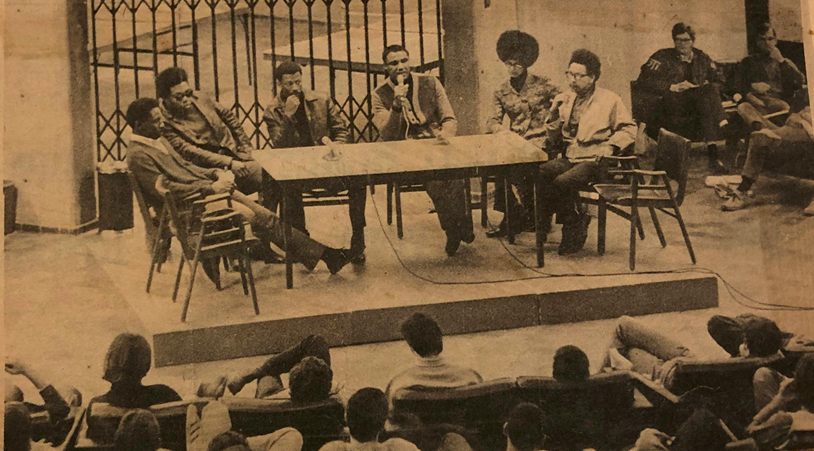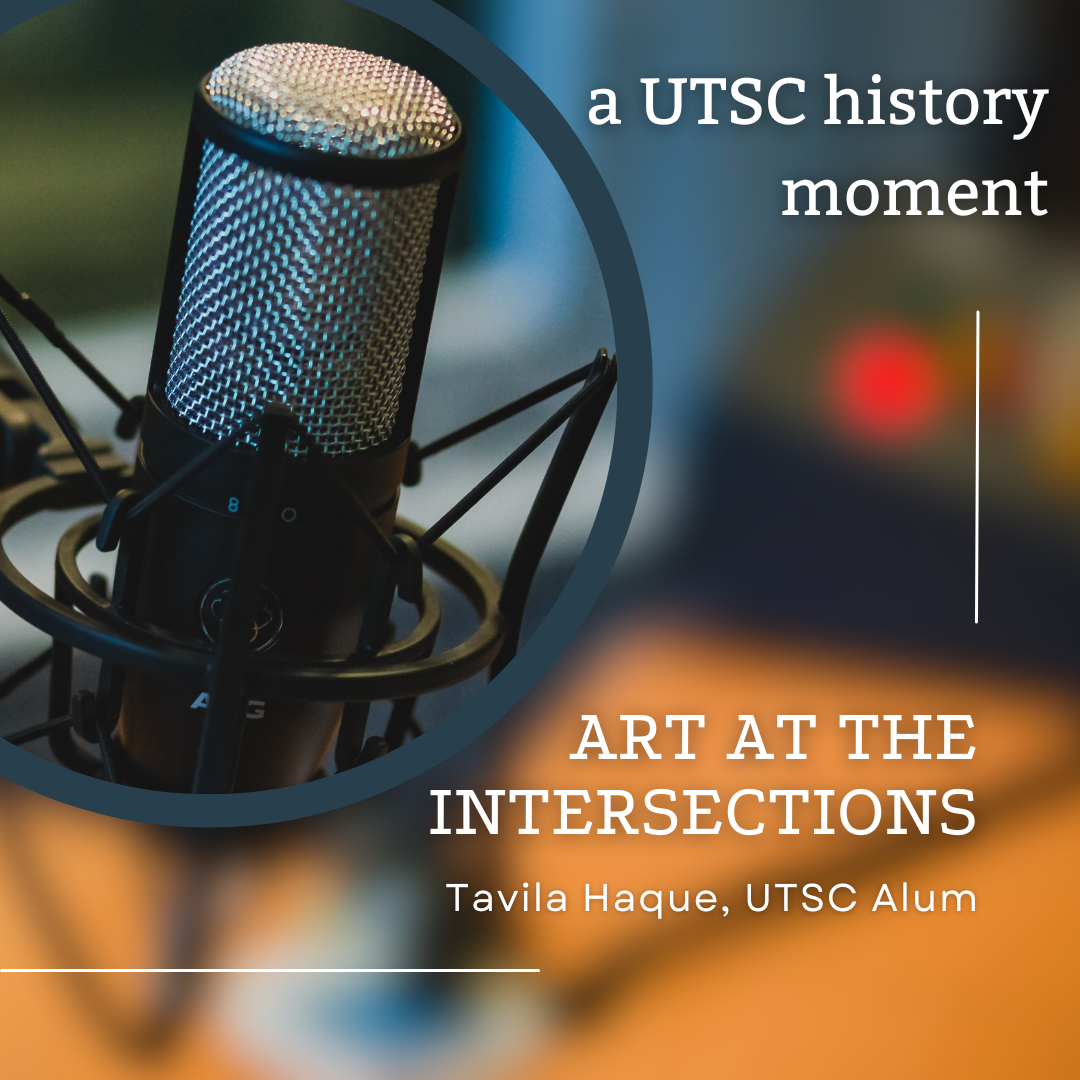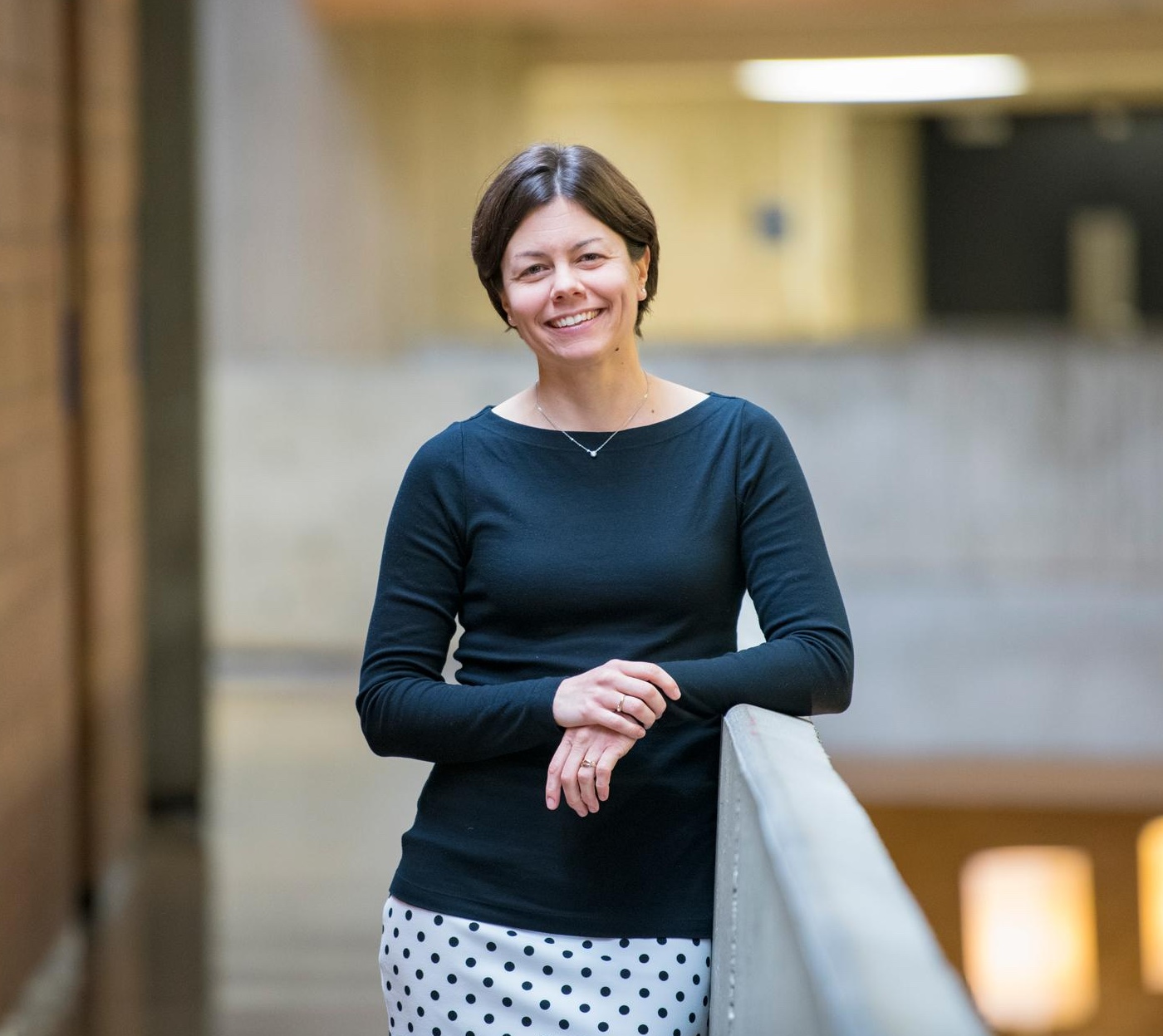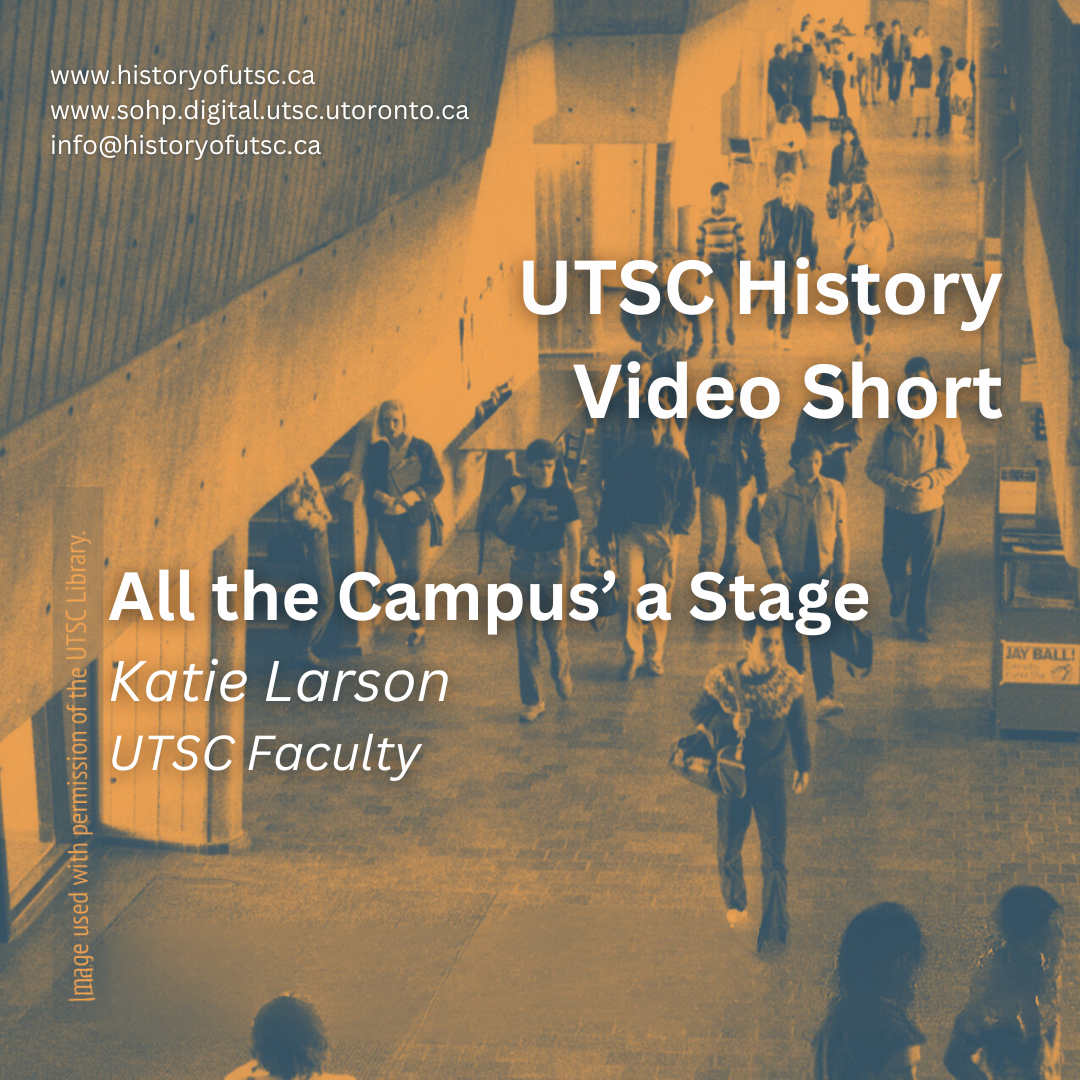The Black Panther Party (BPP) came to Scarborough College to inspire a Black revolution. “Black is beautiful”, they declared to Scarborough College’s predominantly white student population in March 1970. Six members of the BPP from Chicago took the stage in the Meeting Place in front of a large group of curious students to give a talk on their activist movement — and particularly, the politics of higher education in North America (The Willowdale Mirror, “What’s the Value of Pseudo-Friends?”, 1970; The Scarboro Mirror, “Black Panther Declares Canada a ‘U.S. Running Dog’”, 1970; The Scarboro Mirror, “Black Panthers Revealed”, 1970).
The BPP was a Marxist-Leninist political organization composed largely of African Americans who not only challenged systemic racism within the U.S, but also racism, colonialism, and imperialism occurring in other nation-states. Panthers were easily identified through their distinguishable uniforms, consisting of black leather jackets, black berets, and natural afros, while always being armed. Panthers utilized arms to defend themselves and fellow African-Americans from racist police officers who routinely lurked in those streets (Workneh and Finley 2017; Flood 2014; The Scarboro Mirror, “Panthers Claim Canada Just as Racist as U.S”, 1970).
At the campus, however, the Panthers encouraged students to drop out of their college studies in order to join the protest efforts. Postsecondary institutions, they argued, were not able to facilitate revolutionary thinking. Rather, they were designed to control the youth’s minds and produce graduates that resembled their “square” professors. The Panthers cautioned their audience that Scarborough College was no different — it was indeed a “jazzy building, but the curriculum is still the same” (qtd. in The Scarboro Mirror, “Black Panther Declares Canada a ‘U.S. Running Dog'”, 1970).
It appeared that Scarborough College’s white students seemed divided in lending their support to the Panthers’ cause — but the Panthers expected such a reaction, arguing that white students were not able to wholeheartedly join the revolution because they did not experience racial discrimination. Additionally, the Panthers argued that white students would be further discouraged to join once they realized that the BPP’s fight against white supremacy entailed personally challenging the students and their loved ones. As one Panther member cautioned: “We’re going to move against your moms and dads“ (The Scarboro Mirror, ‘‘Panthers Claim Canada Just as Racist as U.S’”, 1970; The Willowdale Mirror, “What’s the Value of Pseudo-Friends?”, 1970).
After delivering such heavy words, the Panthers passed around a bucket to collect funds to support their operations. However, according to reports, it appears that the Panthers did not receive many donations. While some refused to donate, others gave loose change. What exactly would the donations collected at Scarborough College be used for? While the specifics were not mentioned in any of the reports regarding their visit to Scarborough College, we can speculate based on the Panthers’ visits to Canada’s many other post-secondary institutions during the same year. A report on the Black Panthers’ 1970 visit to Dalhousie University in Halifax, Nova Scotia, stated that the Panthers came up north to collect a total of $6 million dollars for the release of 200 of their fellow Panthers in prison (The Scarboro Mirror, ‘‘Panthers Claim Canada Just as Racist as U.S'”, 1970; The Willowdale Mirror, “What’s the Value of Pseudo-Friends?”, 1970; Griffin 1970).
We were very surprised to uncover this story in the UTSC archives. The Panthers prohibited anyone from photographing or recording them. There were, however, a few sneaky community and city journalists on site during their visit, who were able to capture this sole photo of the Panthers. Unfortunately, we have no clues as to the Panthers’ impact on Scarborough College — or what happened after the Panthers left campus (The Scarboro Mirror, “Black Panthers Revealed”, 1970; The Willowdale Mirror, “What’s the Value of Pseudo-Friends?”, 1970; Workneh & Finley 2017).
Bibliography
Flood, D. 2014. “A Black Panther in the Great White North: Fred Hampton Visits Saskatchewan, 1969”. Journal for the Study of Radicalism, 8(2), 21-50. https://doi.org/10.14321/jstudradi.8.2.0021.
Griffin, E. 1970. “Panthers see U.S Whites as Fascists, Pigs: Address Aplauding Canadian Students”. Chicago Tribune (1963-1996).
The Scarboro Mirror. 1970. “Black Panthers Revealed”. The Scarboro Mirror. Retrieved from UTSC Archives Legacy Collection, File 002-E-9-4-1, “General Publicity 1970”. March 25, 1970. University of Toronto Scarborough Library, Archives & Special Collections.
The Scarboro Mirror. 1970. “Black Panther Declares Canada a ‘U.S Running Dog’. The Scarboro Mirror. Retrieved from UTSC Archives Legacy Collection, File 002-E-9-4-1, “General Publicity 1970”. March 25, 1970. University of Toronto Scarborough Library, Archives & Special Collections.
The Scarboro Mirror. 1970. “Panthers Claim Canada Just as Racist as U.S”. The Scarboro Mirror. Retrieved from UTSC Archives Legacy Collection, File 002-E-9-4-1, “General Publicity 1970”. March 25, 1970. University of Toronto Scarborough Library, Archives & Special Collections.
The Willowdale Mirror. 1970. “What’s the Value of Pseudo-Friends?”. The Willowdale Mirror. Retrieved from UTSC Archives Legacy Collection, file 002-E-9-4-1, “General Publicity 1970”. Macrh 25, 1970. University of Toronto Scarborough Library, Archives & Special Collections.
Workneh, Lilly and Taryn Finley. 2016. “27 Important Facts Everyone Should Know About The Black Panthers.” Huffington Post, February 18, 2016. https://www.huffpost.com/entry/27-important-facts-everyone-should-know-about-the-black-panthers_n_56c4d853e4b08ffac1276462.






